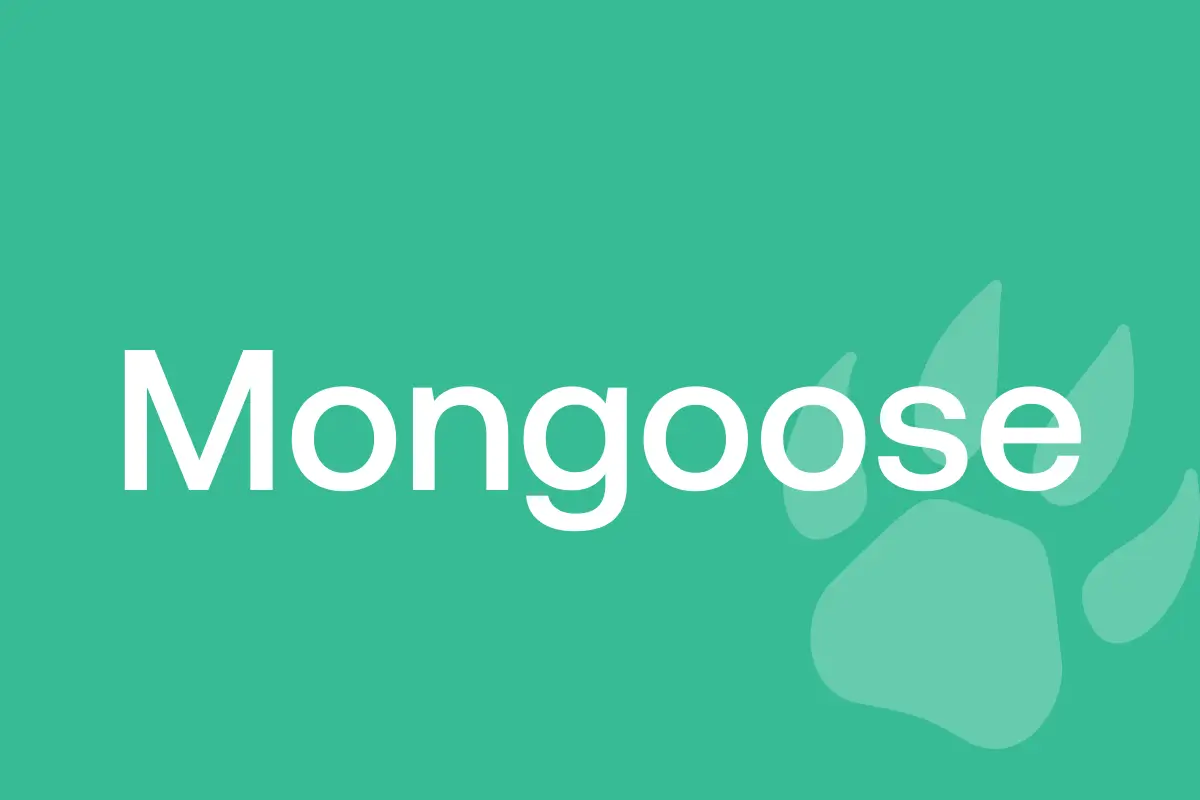Empathy Meets EdTech: How to Balance Automation and Human Interaction

Colleges and universities are responsible for attracting prospective students to campus, convincing students of the value of a degree, keeping students on track to graduate, fostering a sense of belonging from the moment students express interest — oh, and managing day-to-day administrative tasks, too. Technology is integral to fulfilling all of these needs, but the sad reality is that empathy is often an afterthought for EdTech solutions.
What does empathy mean in an effective EdTech framework? And why does it matter? EdTech-powered automation unlocks the power of time savings, but add empathy to that mix and you have the life-changing potential to elevate student engagement, bolster mental well-being, and cultivate an enduring sense of community as well.
Tapping Tech to Scale Empathy Across the Student Lifecycle
To ensure a balance between automation and human interaction, we need to understand our audiences’ needs and use technology as a bridge rather than a barrier. Automation can serve us best by taking over mundane tasks, freeing up the human element for nurturing and guidance. At the same time, offering a direct channel for questions helps students feel acknowledged and heard in the moment.
Picture this: A student is struggling to complete their online class registration on your institution’s website. An AI-driven chatbot takes charge, walking the student through the registration process and providing prompt responses to common inquiries about topics like deadlines and prerequisites. When the student moves beyond frequently asked questions, seeking more hands-on guidance as they navigate the stress that comes with starting a new semester, the chatbot is programmed to ping a human representative, seamlessly handing the conversation to someone who can communicate with empathy and understanding.
This thoughtful transition from an automated bot interaction to personal, human interaction ensures that students feel supported and valued at all times, not frustrated when automated processes fail to meet their unique needs. This blend of automated troubleshooting with the chatbot and the ability to connect seamlessly with live support when necessary is just one example of how technology can help scale empathy across the student lifecycle.
Three Tips for Expanding Empathy through EdTech
You have EdTech solutions live on your campus, baked into the many processes that keep your institution going. Now, how can you ensure those solutions create opportunities to create more authentic, human connections? Choose empathetic technology partners, pulse-check your communication strategy, and recognize your audience’s realities.
Tip 1: Choose empathetic technology partners.
You have options when it comes to choosing technology providers, and the truth is that many companies are just that — providers of one-size-fits-all technology that may or may not help drive your most important outcomes.
To truly balance automation and human connection, start when you’re vetting the companies behind your potential EdTech tools.
Two important questions to ask are:
- Does this partner use what they’ve learned from institutions like yours to benefit you?
For instance, offering a chatbot is one thing, but developing and offering proven playbooks that boost a chatbot’s effectiveness is quite another. The Mongoose team has taken what we’ve learned from our network of over 950 institutions and built that into Cadence, our integrated student engagement platform. Through Cadence, you have the power of text messaging, chat, and chat-to-text. Most importantly, you have best practices baked in through our chat playbooks and texting templates. You don’t have to guess what will make your communication impactful and engaging — you can build on our proven frameworks. - Does this partner go above and beyond to ensure that your institution sees a return on the investment you’ve made in their technology?
At Mongoose, our end-to-end compliance management service, included in all of our solution bundles, is an example of our commitment to doing more than just the bare minimum. This service includes A2P brand registration, TCR registration, Long Code reservation, and 10DLC compliance processes. Many alternative texting providers have responded to increased carrier restrictions by passing the responsibility to remain compliant and ensure deliverability on to their clients. Not so with Mongoose — our clients rest assured that their risk is minimized and their trust scores are safe, as our compliance and deliverability experts manage this for them.
Tip 2: Pulse-check your communication strategy.
Once you know you have the right technology partners, you’ll need to develop a communication strategy that makes every message count, no matter the medium or content. Understanding your students’ diverse needs and tailoring communication accordingly is key to fostering engagement and meaningful connections.
To start, recognize that each student is unique, with different preferences and communication styles. “If you’re texting with transfer students or adult learners, their time frame is a lot different than high school students who are in the classroom,” explained Jana Jaraysi, Director of Admissions at Eastern Washington University, during a recent conversation with Mongoose. “They may not have their phone with them, and we don’t want to cause trouble by texting them in the middle of class. [So it’s important to be] mindful of that planning and who we’re talking to, as well as what that message is and if we’re communicating [with them effectively].”
You should also offer proactive support and guidance by anticipating student needs. Utilize chatbots or virtual assistants to provide resources, study tips, or connect students with support services, showing empathy through proactive assistance. Nathan Marney, Enrollment Marketing Manager at Eastern Washington University, explains that “every university has a different website. So if you have a user who’s going to go to each website, they’re going to encounter different naming conventions, different acronyms, and different layouts. Fortunately, a chatbot can help a lot with navigation and [making the process easier].”
Altogether, by implementing a supportive communication strategy, you can foster belonging, promote engagement, and empower students to navigate higher education confidently.
Tip 3: Recognize your audiences’ realities.
Whether they’re exploring potential colleges or are making the alumni-to-donor transition, your students are constantly bombarded with full social feeds and bulging email inboxes. They may have an interest in the information you have to share with them, but there’s no guarantee that it will keep their attention if they only see it once.
“The golden number is seven,” explained Sharon Horinka, Assistant Director of Annual Giving at the University of North Carolina at Charlotte, during a recent advancement workshop with Mongoose. “An individual has to see or interact with your brand at least seven times before taking any action, including making a gift or attending an event. [Try to] contact your constituents quarterly by sending a digital appeal, an invite to an event, and following up with a phone call from your student philanthropy center. Even if you’re not getting a gift or even a reply, it’s all part of a bigger strategy to help build affinity and relationships with your constituents. It’s also a great way to get your school’s name and brand out in front of those who need to see it.”
When you employ a comprehensive strategy that combines engagement efforts and technology, you can successfully build strong relationships and foster long-term engagement with your students and alumni. By implementing a well-planned sequence of interactions, you can gradually build affinity, enhance brand recognition, and ultimately achieve your goals in fundraising and community engagement.
Let’s Explore Empathy and Technology Together
Infusing empathy into EdTech requires continuous effort to strike the right balance between automation and human interaction. Fortunately, with patience and dedication, the journey leads to more engaged and satisfied users, fostering a healthier, more connected educational environment.
Are you ready to maximize the advantages of EdTech by bringing a touch of empathy to your institution’s EdTech strategy? Book a meeting with the Mongoose team to explore how a comprehensive engagement platform can transform your institution’s communication and engagement. Or subscribe to the FYI podcast to learn more about how to use EdTech to address higher ed’s most pressing challenges.
Author:





